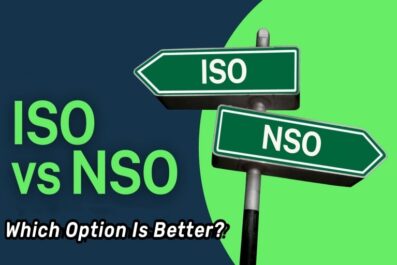The Ultimate Guide To Contact Center Best Practices

In today’s fast-paced digital world, contact centers stand at the forefront of customer service. They are the crucial hubs where customer interactions occur, and their efficiency directly impacts customer satisfaction and company reputation. To ensure that these centers operate at their best, it’s essential to adhere to industry best practices.
From employing cutting-edge technology to training staff effectively, this article delves into the key strategies for optimal contact center performance. With these proven practices, keep reading to discover how to take your contact center to the next level.
Embracing Omni-channel Communication for Enhanced Customer Experience
Omni-channel communication is the bedrock of a contemporary contact center. It allows customers to engage with a company through multiple platforms—like phone, email, chat, and social media – and receive a seamless service experience. For contact centers, this means breaking down silos between different communication channels and ensuring that agents have access to a customer’s entire interaction history, regardless of the platform used.
Adopting an omnichannel approach is not without its challenges. It requires sophisticated technology and well-integrated systems to provide a smooth handover between channels. Yet, the benefits of such an integrated system are clear: customer frustrations are minimized when they don’t have to repeat information, and agent performance improves with access to comprehensive customer contexts.
Training becomes crucial in an omni-channel environment. Agents must be adept at navigating various platforms and possess the soft skills necessary to maintain consistent tone and service quality across all channels. Moreover, regular feedback and continuous learning opportunities enable agents to stay updated on the nuances of each communication medium.
Ultimately, a well-implemented omni-channel strategy can increase customer satisfaction and loyalty. It empowers agents to provide personalized, efficient service, differentiating a brand in a competitive marketplace. This holistic approach is one of the many contact center best practices forward-thinking companies adopt to stay ahead.
Leveraging Data Analytics To Improve Contact Center Operations
Data analytics has become an invaluable tool for contact centers aiming to enhance their operations and service quality. By analyzing call patterns, customer feedback, and agent performance metrics, contact centers can uncover insights that lead to informed decision-making. This might include identifying peak call times to optimize staffing schedules or pinpointing common customer issues to streamline resolution processes.
Having access to real-time analytics can transform a contact center’s responsiveness. It enables managers to react swiftly to emerging trends, such as a sudden spike in call volume or a recurring product issue. This level of agility ensures that resources are allocated effectively and customer needs are addressed promptly.
However, the sheer volume of data can seem overwhelming. Contact centers must implement robust data management systems to sift through and make sense of the information. Additionally, investing in data visualization tools allows for creating intuitive dashboards that present complex data in an accessible way, aiding in quick comprehension and action.
Ultimately, the strategic application of data analytics leads to a proactive rather than reactive contact center environment. It informs everything from staffing and training to customer relationship management, ultimately contributing to a more streamlined and cost-effective operation.
Continual Improvement Strategies for Contact Center Excellence
Continued improvement is vital for maintaining excellence in contact center operations. This entails consistently evaluating and enhancing processes, technology, and workforce performance. Leveraging customer feedback and internal KPIs to drive improvements ensures that changes are customer-focused and aligned with business objectives.
Adopting agile methodologies can further facilitate continuous advancement in a contact center. By breaking down larger goals into smaller, manageable tasks, contact centers can implement changes incrementally, evaluating the impact of each before moving on to the next. This iterative approach minimizes disruption to operations while allowing for ongoing evolution.
Conclusion
Overall, contact center best practices combine advanced technology, thorough training, strategic data use, strict compliance, and a culture of constant improvement. By focusing on these areas, contact centers can achieve operational excellence and provide superb customer service, which is essential in today’s competitive marketplace.




